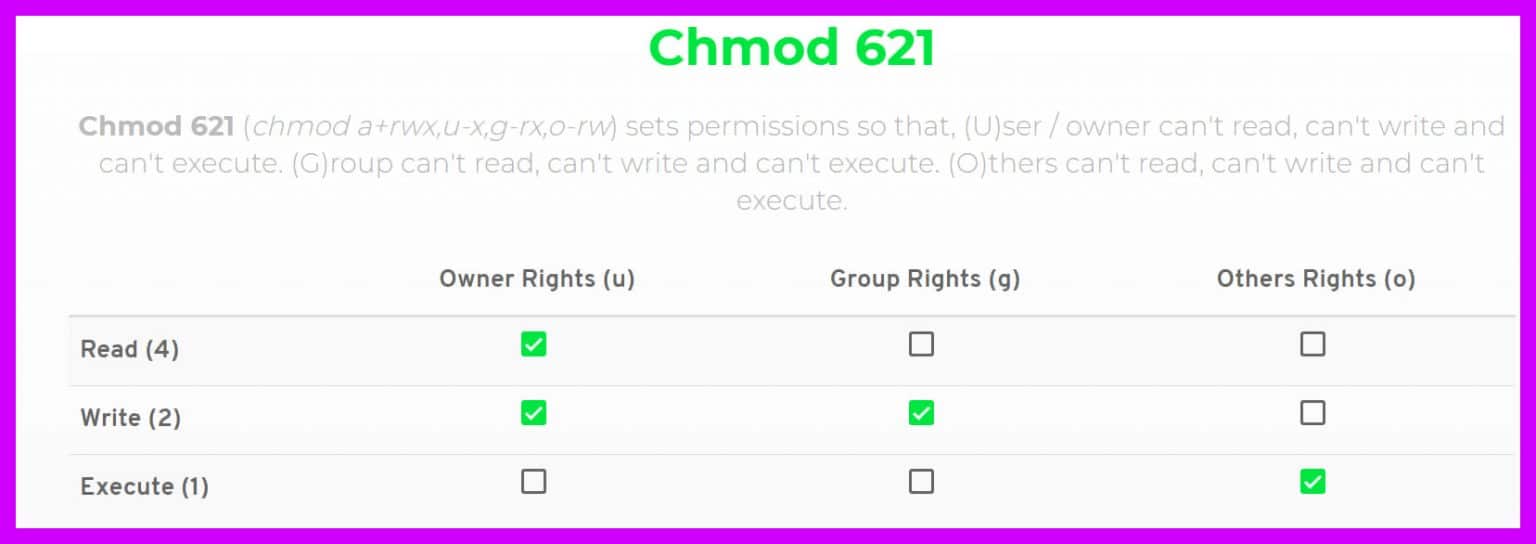
Chmod 777 A Definitive Guide To File Permissions 🤴
10 That command will change permissions to anything inside /var/www/html/mysite to read, write, execute for owner, group and others. You basically void all form of security. In case anyone from the outside world gets access to your system they can do anything with these files. Including deleting them.

[最も人気のある!] Chmod 777 Command In Windows タコトメウォール
Using CHMOD command, give Write permission to Oracle Processes , for the new physical directory. Example : chmod -R 777 /home/ofsa_export_dir Log in to the Database with SYS Privileges and execute the following tasks in SQLPLUS command.
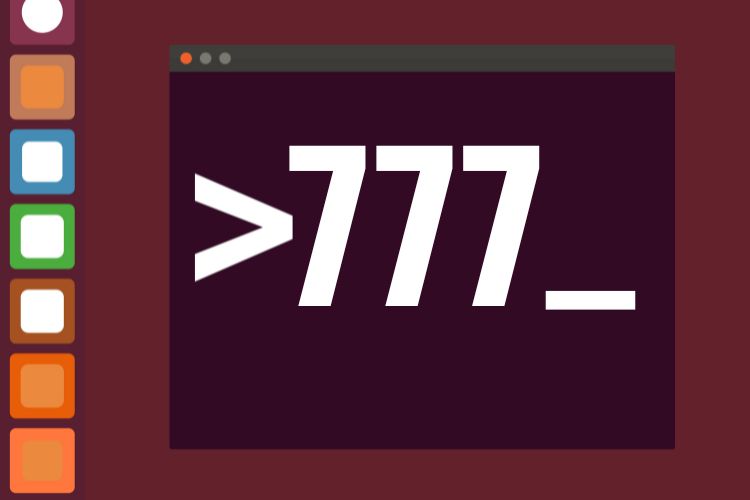
What Does Chmod 777 Mean in Linux Explaining File Permissions Model Beebom
What Is chmod 777 and What Does It Do in Linux? January 3, 2021 by Brad Morton This article explores chmod 777, a Linux command used to give ALL RIGHTS to the user, group, and others. As a new Linux user, web developer , or system administrator, you have probably been instructed to type: chmod 777 /path/to/file/or/folder
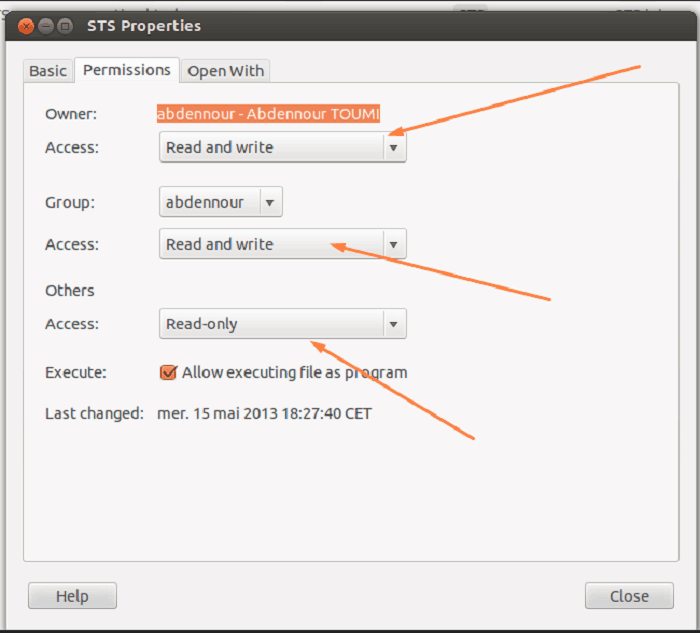
¿Qué es chmod 777? ¿Cómo cambiar los permisos de los archivos en Linux? UDOE
There are three important commands you'll use when managing file permissions: chmod (Change mode) chown (Change ownership) chgrp (Change group) Among these, chmod is one of the most important commands. We'll discuss the chmod command in this tutorial, and I'll get into the others in upcoming articles. Let's deep dive into the chmod command 🏊.

Chmod 777, todo lo que necesitas saber sobre su finalidad y uso
This command is used for changing the mode of access. But wait! Is it not meant for changing the permission? Actually, in early Unix days, permissions were called mode of access. This is why this particular command was named chmod. chmod command has the following syntax: chmod [option] mode file

Chmod 777 in Windows 7 YouTube
What Does chmod 777 Mean Updated on Dec 20, 2023 • 5 min read You are trying to fix a permission issue with your web server and found information on the Internet saying that you need to recursively run chmod 777 on the web directory. Before doing that, ensure you understand what chmod -R 777 does and why you should never set permissions to 777.
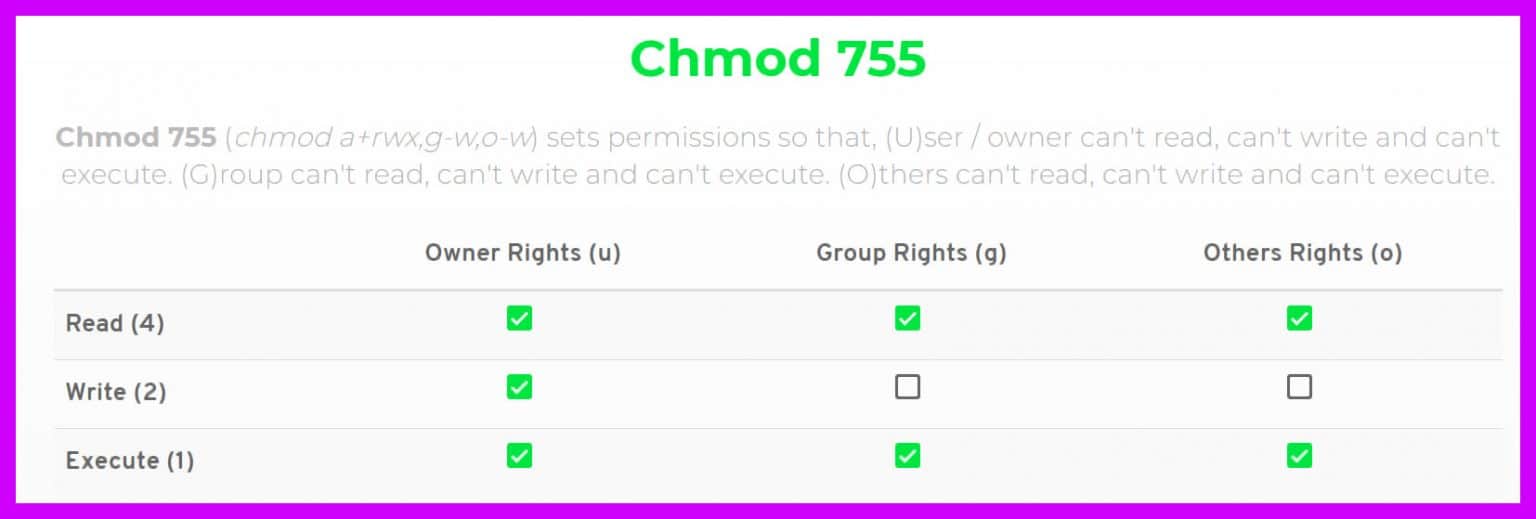
Chmod 777 A Definitive Guide To File Permissions 🤴
The command chmod -R 777 / makes every single file on the system under / (root) have rwxrwxrwx permissions. This is equivalent to allowing ALL users read/write/execute permissions. If other directories such as home, media, etc are under root then those will be affected as well.

Explained How To Use \"Chmod\" Command Guide] chmod 777 최신
Permission 777 Modifying File Permissions with Chmod How Linux File Permissions Work In Linux, the operating system determines who can access a certain file based on file permission, ownership, and attributes. The system allows you, the owner or admin, to enable access restrictions to various files and directories.

Linux bash command chmod & 777 & 755 & +x All In One xgqfrms 博客园
The Meaning of chmod -R 777. The command chmod -R 777 is one of the most permissive settings you can apply. The -R option stands for "recursive," meaning it applies the permissions to the directory and its contents recursively. The 777 is an octal number that sets read (4), write (2), and execute (1) permissions for the owner, group, and.

Linux Chmod 777? Best 30 Answer
"chmod -r 777 /" is a command that allows Unix and Linux users to modify file permissions. This command can be incredibly useful for managing files and directories, but it can also be dangerous if used improperly. In this article, we will provide a comprehensive guide on how to use "chmod -r 777 /" safely and effectively.

Linux chmod Command
3 Answers. By changing everything to 777, you are bypassing most of Linuxes privileges security settings, and this would be considered unsafe, and definitely not best practice. The problem is that if someone can penetrate your system as a user other than yourself, if your files are CHMOD 777, they can read, write, execute and delete them. This.

How to use chmod 777 command in Linux EXPLAINED How to use "chmod" command Hindi Tutorial
chmod Share Follow edited Jan 12, 2022 at 21:06 General Grievance 4,725 32 33 46 asked Nov 30, 2011 at 15:33 RSM 14.6k 34 98 144 67 You need to seriously think about giving 777 to all files and folders under /www directory, which means all your files and directories will be readable, writable and executable by whole world. - anubhava

Chmod 777 What Does It Really Mean? Make Tech Easier
chmod -R 777 / Now my system has some problems. I am not able to log in as a root neither from OS accounts nor from the terminal. And if I restart the system I am not sure it will boot smoothly. I think some of the files which should not be given the full access are given the full access and I don't know what those file are.

Chmod 777 A Definitive Guide To File Permissions 🤴
Chmod Command in Linux (File Permissions) Published on Sep 16, 2019 • 10 min read In Linux, access to the files is managed through the file permissions, attributes, and ownership. This ensures that only authorized users and processes can access files and directories.
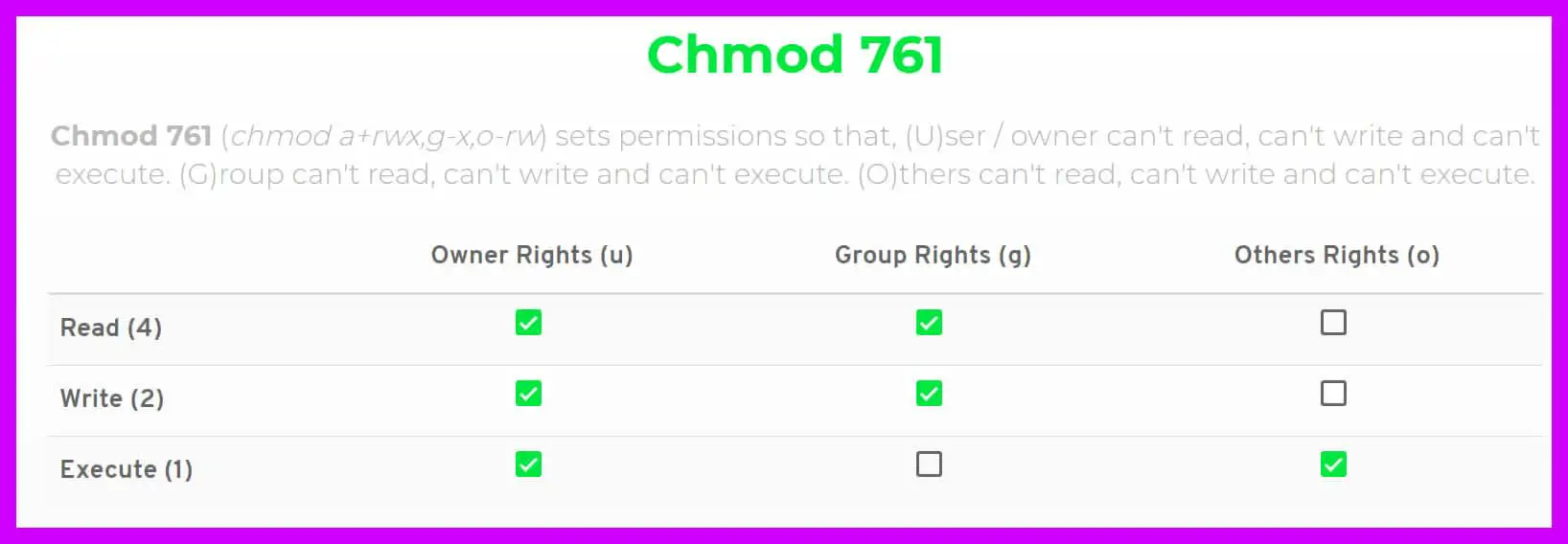
Chmod 777 A Definitive Guide To File Permissions 🤴
The Linux chmod command is used to control file permissions, allowing you to specify who can access files, search directories, and run scripts. Linux file permissions can be set on a user-by-user basis, or applied to every member of a group. The chmod command uses a syntax of who, what, and which to set permissions.

Useful command chmod 777. How many of you know this? YouTube
18 I entered chmod -R 777 /usr/bin and now sudo is not working. It says sudo must be setuid root. Some advice online said to run chown root:root /usr/bin/sudo chmod 4755 /usr/bin/sudo. On entering chown root:root /usr/bin/sudo it shows an opened in readonly mode error. Share Improve this question Follow edited Aug 16, 2017 at 20:29 Zanna ♦